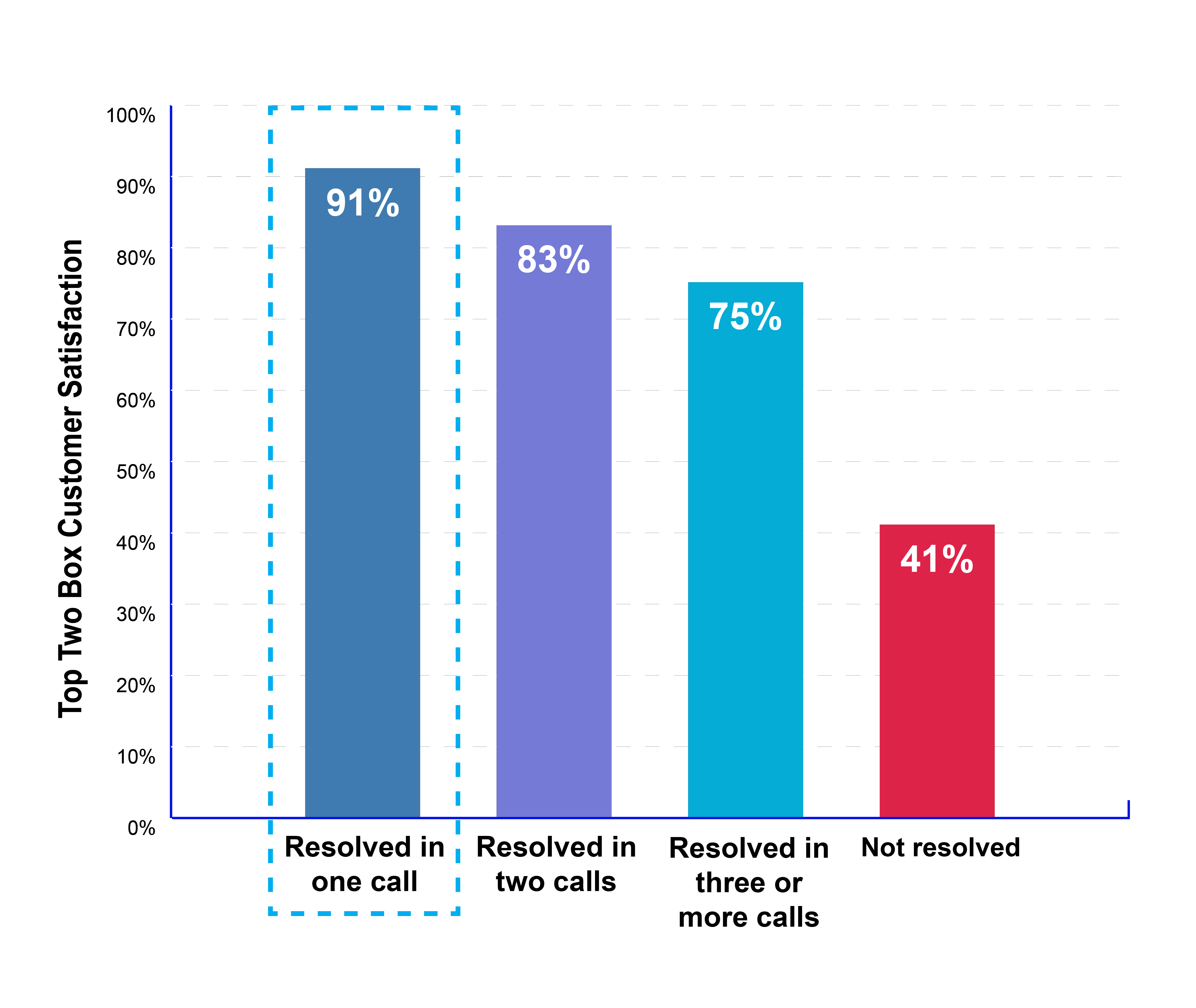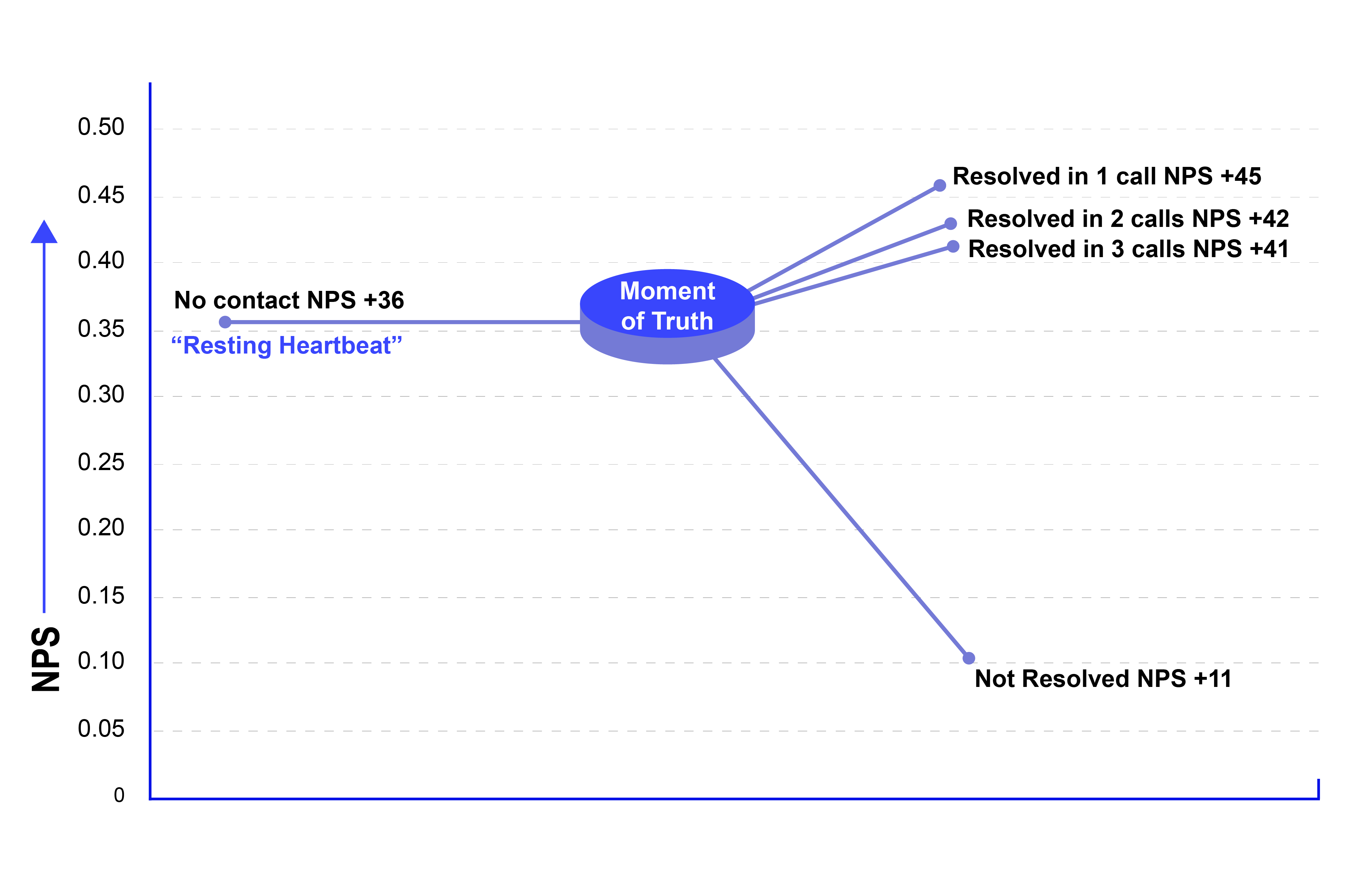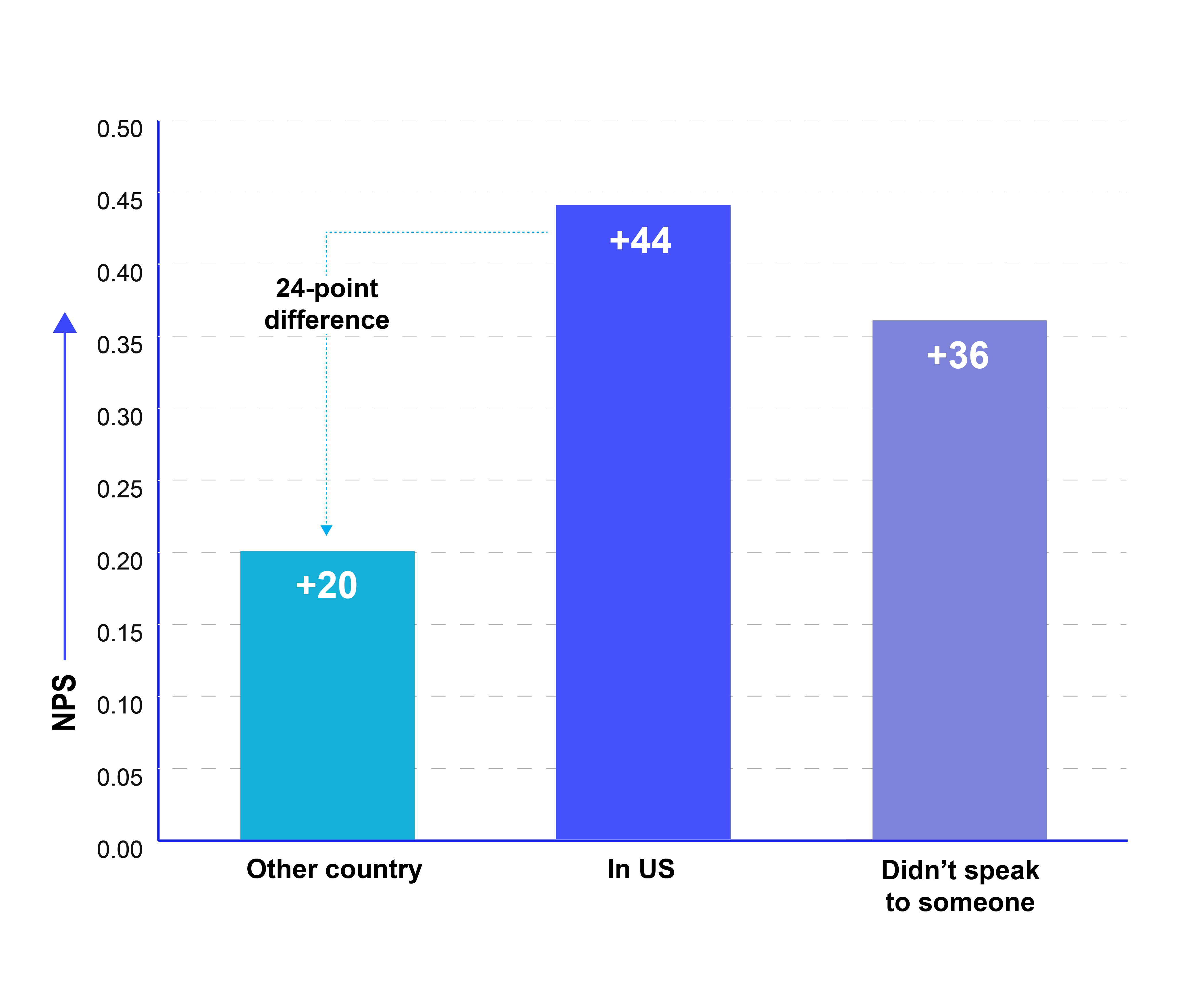Background
COPC Inc. regularly conducts research on various topics as part of our consulting work. In November 2023, we surveyed credit card customers in the United States (U.S.) to gauge their satisfaction when they required support.
While this research focused on credit card customers, some of the findings are similar to what we find in other industries, providing valuable insights into what often matters most to customers regardless of industry. At the same time, we encourage all of our clients to conduct specific research for their customer base to understand the specific nuances of their customers’ needs.
This research included responses from an online survey of 836 credit card customers in the U.S. Of these 836 customers, 344 (41%) had contacted customer service by phone about their credit card in the previous three months.

The respondents spread across all age groups, with the largest categories being 30 to 44 (31%) and 45 to 59 (37%).

Fifty-four percent of respondents were Visa customers, 26% were Mastercard customers, 11% were American Express customers, and 8% were Discover customers.

Overall Satisfaction
The Credit Card Satisfaction Model we developed helps us to scrutinize a broad array of attributes that influence an individual’s satisfaction with their credit card. The model considers factors such as interest rates, credit limits, customer service, ease of use, fees and charges, rewards programs and fraud protection.
Our findings revealed that although competitive interest rates and high credit limits have a limited impact on satisfaction, the quality of customer service, the call center employee’s knowledge, and the ability to resolve issues hold the most substantial relationship with satisfaction. Additionally, the customer’s perception of the call center employee’s location also had a modifying impact on their satisfaction.

Attribute Level Satisfaction
Satisfaction with the card’s travel benefits was the lowest scoring attribute, while satisfaction with fees and interest rates was also low. One attribute that scored much lower than anticipated was satisfaction with the rewards programs offered.

Satisfaction with the Service Interaction
The graphic below measures the impact of various attributes on the overall satisfaction of those who had a service interaction and the performance of those attributes.

Agent knowledge has the strongest relationship with satisfaction. To improve overall satisfaction, credit card contact centers should develop strategies that will enable frontline agents to quickly access answers to product or service-related questions, enabling them to resolve more customer issues.
The lowest performing areas were speed of answer and experience with the IVR.
Speed of answer has little relationship with overall satisfaction, so working to improve it would have little impact. However, it’s important to note that very poor levels of speed of answer could drive dissatisfaction.
The interactive voice response (IVR) system influences satisfaction to a certain degree. Therefore, it is advisable to examine the IVR for potential improvements.
The highest-performing attribute is agent friendliness, though it has the weakest relationship with overall satisfaction.
First Contact Resolution Impact
First contact resolution (FCR) drives the highest satisfaction levels (91%).
Customer satisfaction drops to 83% when resolution requires two calls, and it further decreases to 75% if it takes three or more calls to resolve the issue. For customers who say they have not had their issue resolved, satisfaction is 41%.
If customers need to exert more effort in their interactions with customer service, such as making multiple calls, their satisfaction levels decrease, even if they reach a resolution.

This finding emphasizes the importance of resolving customer issues at the first point of contact.
Customer issues that take multiple contacts to resolve cost more and result in lower satisfaction levels.
Resting Heartbeat of Satisfaction
An often overlooked aspect of the customer experience is the “resting heartbeat of satisfaction,” a concept introduced by COPC Inc. It refers to an individual’s baseline satisfaction level with an organization without substantial interaction. Like a resting heartbeat, a “moment of truth” can significantly alter this passive state.
A “moment of truth” is a pivotal, defining interaction that significantly sways a customer’s opinion and satisfaction level. Such moments can occur at any point in the service journey, from the initial purchase to after-sales service. How well the company handles these moments can significantly influence the customer’s overall perception and future relationship with that organization.
An example of a moment of truth is the direct contact between a customer and the company during a customer service call or web chat. A favorable response (i.e., resolving the customer’s issue) during this type of interaction can elevate the satisfaction level dramatically, acting as a catalyst to forge a stronger bond with the customer. However, the more contacts it takes to resolve the issue, the worse the customer feels about the organization.

Impact of Customer Perception of Agent Location
If the customer believes that the person they are speaking to is in another country, that has a relationship with the Net Promoter Score (NPS).
The NPS of respondents who believed they spoke to someone in the U.S. about their issue was +44. For the group of respondents who thought they spoke to someone outside the U.S., the NPS was +20.

Summary
COPC’s Credit Card Key Driver Analysis findings highlight that agent knowledge and issue resolution are the strongest drivers of customer satisfaction. The customer experience during each interaction improves when frontline staff master relevant knowledge and can resolve customer issues more effectively.
This improvement comes through better training, enhanced knowledge bases, and agent-assist technology. Additionally, empowering agents with more authority and streamlining the customer service process play key roles in resolving issues and positively shaping the customer experience.
The analysis also illustrates the link between customer service interactions and customers’ overall emotional connection with credit card companies. Regardless of industry, the resting heartbeat of satisfaction is strongly impacted by customer service “moments of truth,” with a positive experience resulting in an improved view of the organization. At the same time, a negative interaction reduces the customer’s opinion of the organization.
As such, focusing on improving contact center “moments of truth” and increasing first-contact resolution will prove to be a promising strategy for enhancing overall customer satisfaction.
Guest post written by Scott Flewelling, Vice President, COPC Inc.
COPC Inc. will be joining us at Customer Response Summit (CRS) in Tucson, March 12-15, 2024. Learn more about CRS Tucson here.


